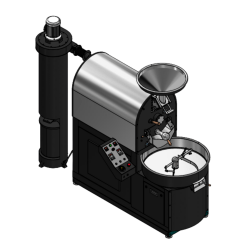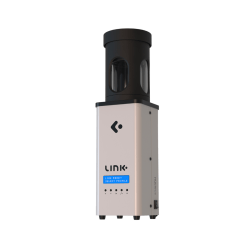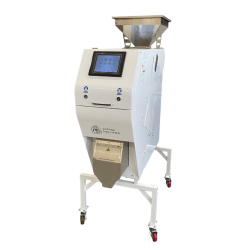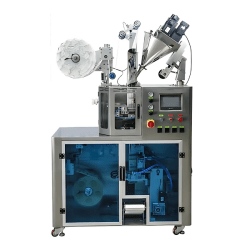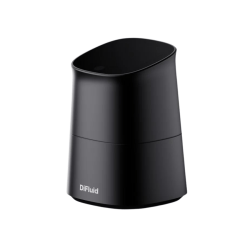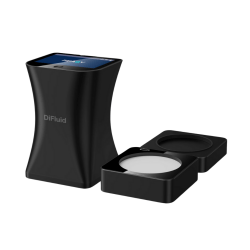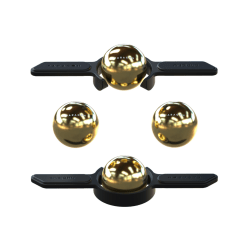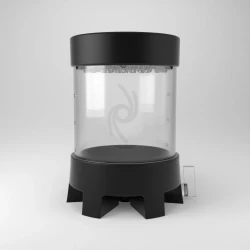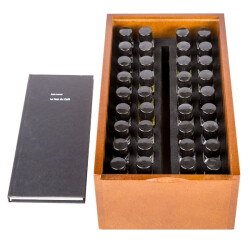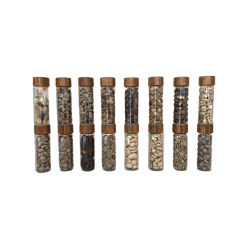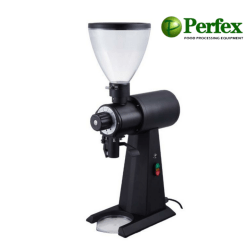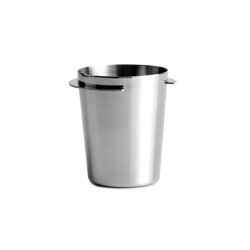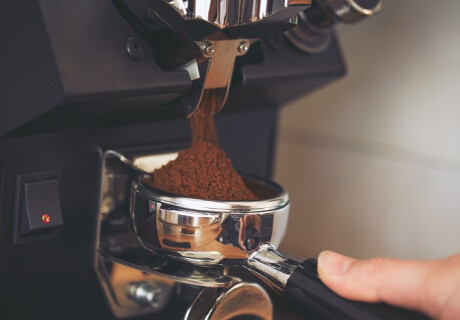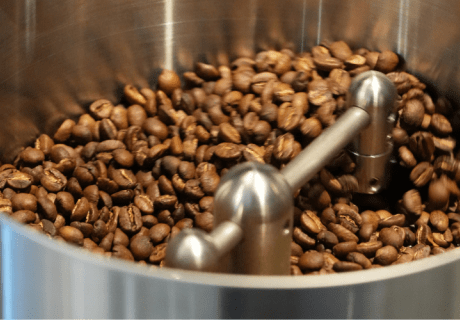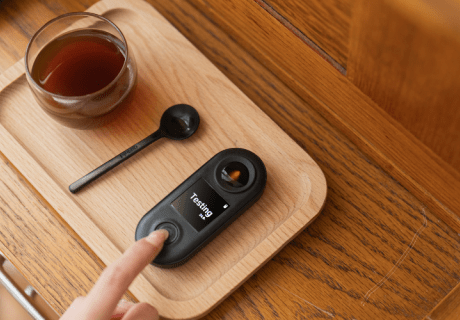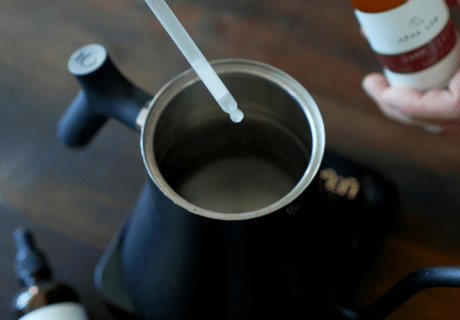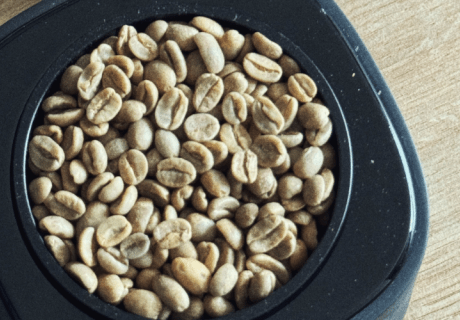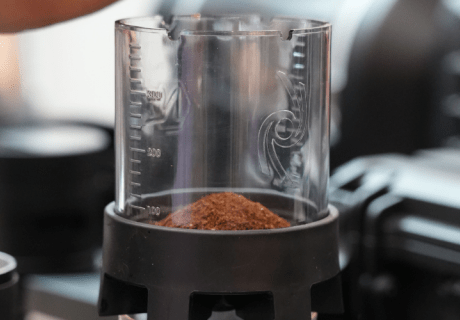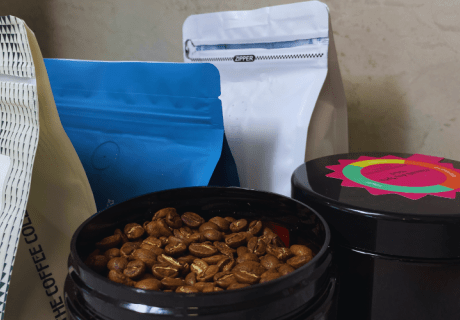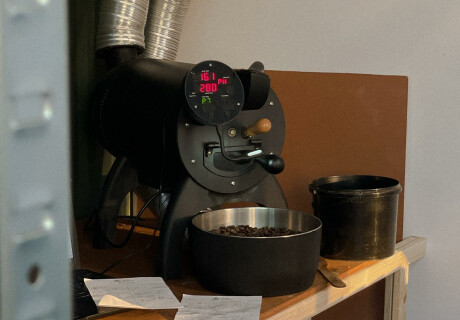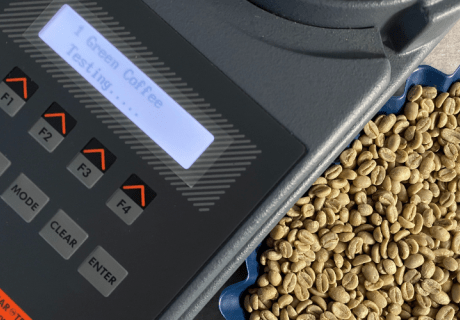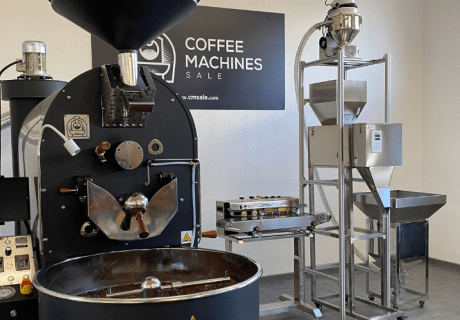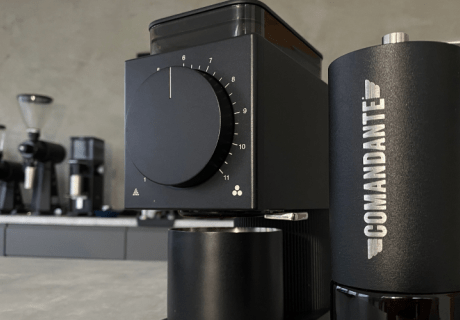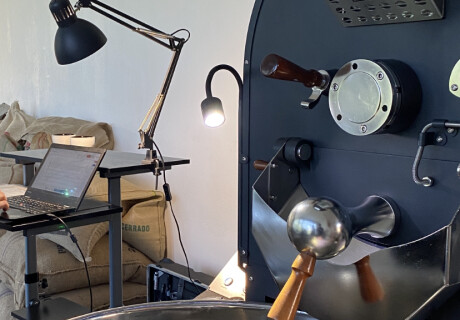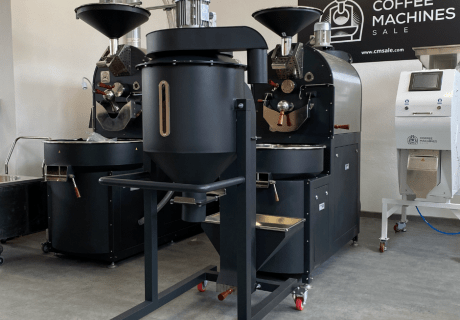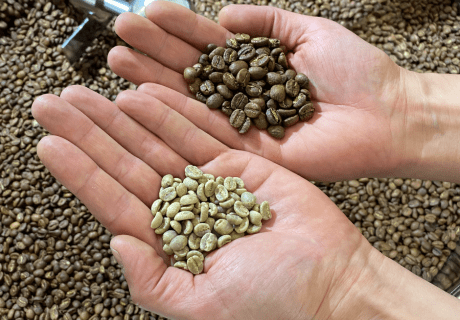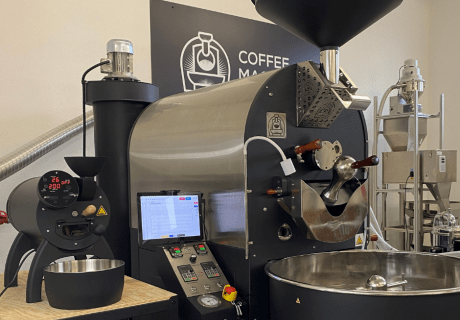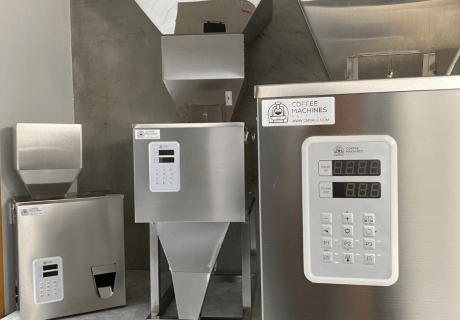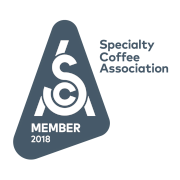How to Improve Accuracy in Weighing and Filling Coffee Bags
The Importance of Accuracy in Coffee Packaging
Weigh and fill machine accuracy plays an important role in guaranteeing product quality and customer satisfaction. Accurate weighing and filling processes are fundamental to delivering coffee bags that meet the expectations of discerning customers. When customers receive a bag of coffee, they expect the contents to match the weight stated on the package. Inconsistencies due to inaccurate weighing can lead to customer dissatisfaction, as they feel shortchanged or misled. Therefore, businesses must prioritize coffee packaging weight consistency to build trust and maintain a loyal customer base.
Moreover, it directly impacts the brand's reputation and profitability. Consistent weight not only assures customers of quality but also optimizes inventory management and reduces overhead costs by minimizing packaging waste. When coffee packaging is precise, it prevents the overuse of materials and resources, leading to more sustainable business practices. In essence, maintaining coffee packaging weight consistency is not just about meeting standards; it is about exceeding customer expectations and fostering a positive brand image in a highly competitive market.
Common Challenges in Coffee Weighing and Filling
The coffee packaging process faces many challenges that can slow down work and affect the quality of the product. A major problem comes from human mistakes, which happen when packaging is done by hand without enough controls in place. These errors are often the result of fatigue, lack of training, or simple oversight, leading to inconsistencies in bag weights. The choice of coffee packaging equipment can significantly influence the accuracy of the packaging process. Old or poorly cared-for machines can give wrong weight measurements, leading to differences that impact both the quality of the product and how happy customers are.
Machine inaccuracies are another common obstacle. These machines must be regularly calibrated and maintained to ensure they perform optimally. Inconsistencies in filling can lead to overfilling or underfilling, which not only causes material waste but also undermines customer trust. The impact of such inaccuracies extends beyond financial loss, as they can damage a brand’s reputation in a highly competitive market. Therefore, addressing these challenges by investing in reliable coffee packaging equipment and ensuring meticulous maintenance and training practices is essential for achieving consistency and maintaining high standards of product delivery.
Specific weight tolerances in coffee packaging equipment vary depending on the machine's design and application. For instance:
- High-precision models such as the Super Precision Micro Weigher achieve ±0.03 g, while standard multihead weighers typically range from ±0.1 g to ±2 g. The choice of tolerance depends on the product’s weight, size, flow characteristics, and allowable giveaway.
- Auger fillers, commonly used in coffee packaging, can achieve a metering tolerance of ±1%, ensuring consistent filling of coffee bags .
- Weigh and fill machines designed for coffee packaging offer ±2 g weighing accuracy, suitable for various bag sizes and production volumes.
These tolerances are crucial for maintaining product quality and customer satisfaction. Regular calibration and maintenance of packaging equipment are essential to ensure these tolerances are consistently met, minimizing errors and enhancing the overall efficiency of the packaging process.
Choosing the Right Weigh and Fill Machine
When seeking to improve the efficiency and accuracy of your coffee packaging process, it is important to learn which weigh&fill machine to choose to best suit your operational needs. The main things to think about are how much the machine can handle, how accurate it is, and how much money you can spend. Capacity is especially crucial because it shows how much coffee the machine can work with in a certain amount of time. Assess your production volume and select a machine that can comfortably handle your daily output to avoid bottlenecks and ensure seamless operations. Precision is also vital because machines with high accuracy make sure each coffee bag has the same weight. This helps keep the quality of the product steady and keeps customers happy.
Budget plays a significant role in the decision-making process. Weigh the cost of the machine against its capabilities and long-term benefits. Investing in a high-quality machine may have a higher initial cost, but it can save money in the long run by reducing waste and increasing efficiency. Also, look for weigh&fill machines for sale by researching reputable suppliers and manufacturers. Online marketplaces and industry trade shows are also excellent venues to discover a variety of options and compare features. By carefully researching and choosing the right weigh & fill machine, you can make a smart investment that improves your packaging and helps your coffee business succeed.
How to Calibrate Your Filling Machine
Weigh and fill machine accuracy is essential for maintaining product quality and keeping customers satisfied in coffee packaging. To achieve this, regular calibration of your filling machine is essential. The process begins by gathering the necessary tools, such as a certified calibration weight set, to ensure precise measurements. Start by powering off the machine and cleaning all surfaces to remove any residual coffee or debris that might affect the accuracy. Once clean, switch the machine back on and allow it to run for a few minutes to reach its operating condition. This initial step helps in establishing a stable baseline before adjustments begin.
Next, refer to the manufacturer's manual for specific instructions on how to calibrate filling machines, as each model might have unique requirements. Generally, the process involves accessing the machine's calibration mode and using the calibration weights to adjust the scale's readings. Place a known weight on the scale, and if the reading does not match, follow the manual's steps to recalibrate the settings. Repeat this process for different weight increments to cover the machine's full operational range. Once calibrated, it's crucial to record the settings and keep a maintenance log for future reference. Regular calibration and following best practices not only improve its accuracy but also prolong the equipment's lifespan, ultimately benefiting your coffee packaging operations.
Integrating Technology to Improve Accuracy
Automated systems and digital scales are the latest tools in coffee packaging, providing accurate and dependable ways to improve the process. Automated systems minimize the risk of human error by streamlining the entire packaging process. These systems can be programmed to handle various coffee weights and packaging formats, ensuring consistent output without constant human supervision. As a result, the precision of coffee packaging equipment is significantly improved, leading to greater capability and reduced waste.
Digital scales are just as important because they give precise weight measurements, which help keep the product consistent. These scales provide up-to-date information that can be watched and changed when needed, making sure every coffee bag has the right weight. Integration with software systems allows for detailed tracking and reporting, giving insights into production trends and potential areas for improvement. By using technology, businesses not only increase weigh and fill machine accuracy but also optimize their entire packaging process. Investing in advanced coffee packaging equipment ensures that companies can meet market demands with precision and reliability, strengthening brand reputation and customer satisfaction.
Strategies to Reduce Packaging Waste
Reducing waste in coffee packaging is an essential aspect of sustainable business operations. To successfully reduce coffee packaging waste, it is essential to focus on precision throughout the weighing and filling processes. One effective strategy is implementing regular calibration checks on all equipment to ensure they are dispensing the exact quantity needed for each package. This not only maintains coffee packaging weight consistency but also minimizes the risk of overfilling bags, which can lead to excess costs and waste. Also, using good-quality materials made for specific coffee types and packaging styles can help improve precision and reduce waste.
Another way to reduce waste is by using automated systems that monitor the process in real time and make adjustments as needed. These systems can spot weight differences during filling and fix them right away. It’s also important to train staff to handle coffee packaging carefully to keep the weight consistent. Employees should know how to use the machines properly and understand why it’s necessary to reduce waste. By fostering a culture focused on accuracy and sustainability, businesses can significantly reduce coffee packaging waste. This helps save money and lessen their impact on the environment. By using these methods, businesses can improve profits while signaling to customers that sustainability is a priority, something buyers care about more than ever.
Maintenance Tips for Weigh and Fill Machines
Making sure your coffee packaging equipment works well is crucial to keep your process accurate and efficient. Consistent maintenance not only increases equipment longevity but also guarantees accurate performance of weigh-and-fill machines. Consistent upkeep prevents unexpected breakdowns that can disrupt production and lead to costly repairs. Here are some maintenance tips to help keep your machines in top condition:
- Regular Cleaning: Make sure all components of the machine are kept clean to prevent residue build-up that can affect performance.
- Scheduled Calibration: Conduct routine calibration checks to maintain machine accuracy and ensure precise measurements.
- Inspect Moving Parts: Regularly check belts, gears, and other moving parts for wear and tear. Replace any worn components promptly to avoid further damage.
- Lubrication: Keep your equipment well-lubricated to reduce friction and prevent overheating.
- Software Updates: If your machine is integrated with software, ensure that all updates are installed to benefit from the latest features and improvements.
By doing regular maintenance, you can keep your coffee packaging equipment working well and running without problems. Taking care of your machines early helps keep production consistent and makes them more reliable and longer-lasting. This adds to the success and sustainability of your coffee packaging operations.
Future Trends in Coffee Packaging
As the coffee industry grows and changes, the technology and methods used with coffee packaging equipment are also improving. In the next few years, we can expect big changes that will help make the process more efficient and better for the environment. One such trend is the integration of smart technology into packaging machines. These innovations allow for real-time monitoring and adjustments, enhancing precision and reducing waste. The growth of IoT-enabled systems means that weigh & fill machines will more often include connection features, allowing for remote checks and predictive maintenance. This helps spot and fix problems before they cause any delays in operations.
Sustainability is another major trend shaping the future of coffee packaging. As consumers become more environmentally conscious, there is a growing demand for eco-friendly packaging solutions. This has led to the development of biodegradable materials and reusable packaging options. Companies are also exploring ways to reduce their carbon footprint by optimizing the energy saving of their machinery. Consumer preferences are leaning towards brands that demonstrate a commitment to sustainable practices. Investing in advanced coffee packaging equipment that supports these goals can help your business stand out. By keeping up with these trends, businesses can improve how they work and build a stronger brand in a market that cares about sustainability and new ideas.

